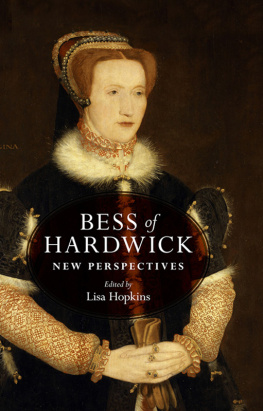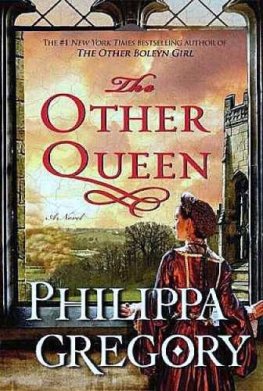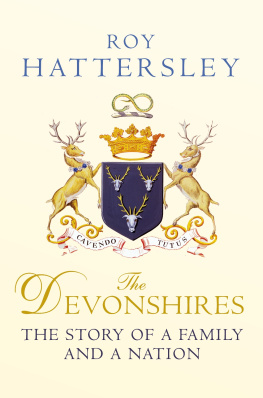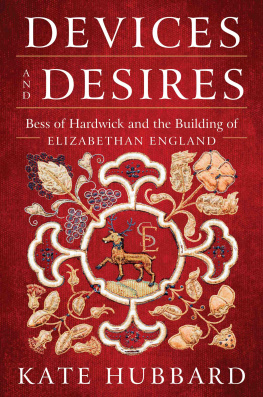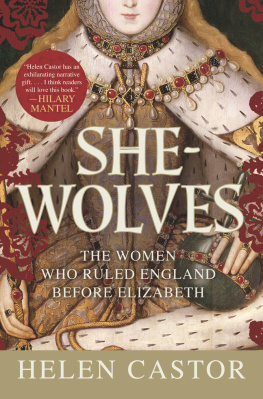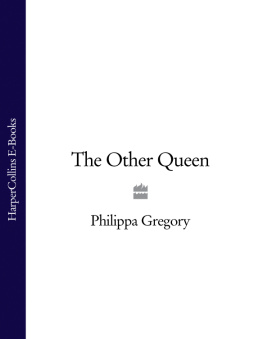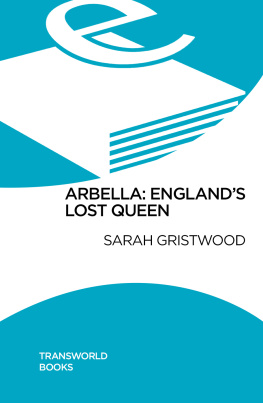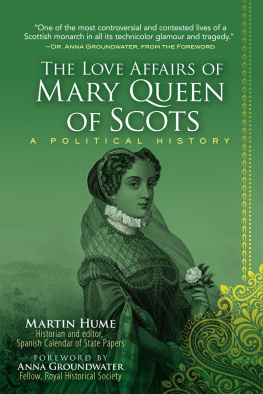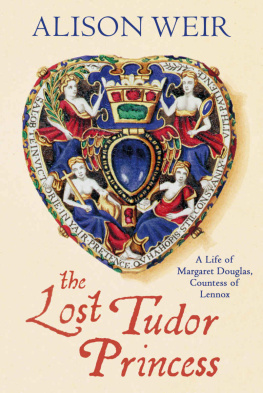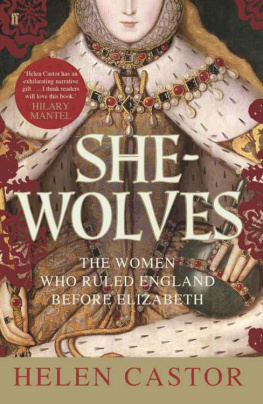1
Bess of Hardwick, a life
Alan Bryson
It is how we remember her today: Bess of Hardwick. The earliest surviving likeness of her, a panel painting dating to about 1560, depicts her as having an aquiline face, curly red hair and blue eyes. Bess was charismatic, confident and energetic, with a winning personality. But she was also insinuating, assertive, grasping and ultimately manipulative and controlling.
He was highly praised for this service, with the lord deputy of Ireland writing to Henry VIII in May 1542 petitioning to have him sent back again in order to finish surveying the ex-monastic land. Cavendish had:
He was appointed treasurer of the chamber in early 1546, bringing him into the court, returned as the senior MP for Thirsk in the North Riding of Yorkshire in the 1547 parliament, and became wealthy through his crown service, buying the manor of Northaw in Hertfordshire in 1540, for example. Cavendish was convivial and generous, able and resourceful, but greedy and corrupt.
One wonders, was his heir George, Lord Talbot, present on this occasion?
Religion bound them together also, as both were godly.
Bess had reached the top of Derbyshire society.
A few weeks later Bess replied, seeking a reconciliation:
She received her remaining land that had still been in her late husband's hands and her jointure (which averaged 3,050 a year and appears to have been less than the widow's third). Once she had forced the new earl, her stepson Gilbert, to pay the jointure, Bess contested nothing further. She enjoyed an income of about 8,300 a year during the 1590s, making her one of Elizabeth's wealthiest subjects.
It no longer survives.
James perhaps felt some animosity towards the gaoler of his mother also.
On 20 March 1603 she added a codicil disinheriting Harry and Arbella, and a nuncupative codicil remembering yet more people (including Charles this time) in January 1608. Bess died aged about eighty or eighty-one at Hardwick on 13 February 1608 and her funeral took place on 4 May in Allhallows in the county town of Derby (rather than the local parish church, St John the Baptist at Ault Hucknall). She was buried there under a large and fine tomb built for her by Smythson, which described her as aedificatrix of Chatsworth, Hardwick and Oldcotes.
Bess's life was dominated by her need for status, wealth and possessions, and by her family. During the sixteenth century fortunes were inherited, married into or made by men through service or trade. It was unusual for a married woman to accumulate and hold on to one in her own right, having so much control over it and over how it passed to her heirs. This is what marks Bess out, and the fact that we know more about her, and have a better sense of her tastes and personality, than almost any other woman of her time, despite her modest background. Her marriages, her children's marriages, her buildings, her possessions, her letter-writing are all typical of a Tudor noblewoman, just carried out on a more impressive scale than her peers and with an obsession that something great, something monumental endure.
Acknowledgements
I am grateful to Jane Lawson, Steve May, Henry Summerson, James Towe and to the collections manager and assistant curator of a private collection for their helpful advice.
Notes
her as aboute eighty-four in November 1604, meaning she would have been born in 1519/20: Hatfield House, Hertfordshire, Cecil Papers, 107/136.
TNA, C 142/47/25; C 142/50/102; E 150/743/8; WARD 9/149; Frederick Brodhurst, Elizabeth Hardwycke, countess of Shrewsbury, Derbyshire Archaeological Journal, 30 (1908), pp. 23160, at p. 231; David Crook, Hardwick before Bess the origins and early history of the Hardwick family, Derbyshire Archaeological Journal, 107 (1987), pp. 4154.
Crook, Hardwick family.
TNA, C 142/47/25; C 142/50/102; E 150/743/8; STAC 2/7, fols 15r16r; WARD 9/129; WARD 9/149; WARD 9/150; David N. Durant, Bess of Hardwick (London: Peter Owen, 1999), pp. 36.
Durant, Bess of Hardwick, pp. 56.
TNA, E 150/743/8; WARD 9/129; Durant, Bess of Hardwick, pp. 78.
TNA, C1/29; C 1/930/556; C 1/1022/289; C 1/1022/32; C 1/1064/512; C 1/1140/1419; C 1/1243/267; Riden, Hardwicks, pp. 1535.
TNA, C 1/845/34. They seem to have reconciled by 1543, after a period of separation: TNA, C 1/1141/38; C 1/845/34; C 142/90/31; E 150/758/4.
Folger Shakespeare Library, Washington, DC (hereafter Folger), X.d.486, fols 7r and 18r; Letter 13, in Bess of Hardwicks Letters: The Complete Correspondence, c. 15501608, edited by Alan Bryson, Daniel Starza Smith, Anke Timmermann, Alison Wiggins, and Graham Williams (Sheffield: HRI Online, 2013), www.bessofhardwick.org (accessed 17 June 2018). Unless otherwise stated, all letters are cited from this edition.
Folger, Cavendish-Talbot Correspondence, X.d.428 (74); Letter 58.
TNA, C 1/1101/17; WARD 9/152.
Riden, Hardwicks, pp. 1512; Terry Kilburn, The wardship and marriage of Robert Barley, first husband of Bess of Hardwick, Derbyshire Archaeological Journal, 134 (2014), pp. 197203.
TNA, C 1/1101/17; Margaret Cavendish, duchess of Newcastle, The Life of the Thrice Noble, High and Puissant Prince William Cavendishe, Duke, Marquess, and Earl of Newcastle (WING N853: London, 1667), p. 153.
TNA, C 1/1101/17; C 1/1120/44; C 1/1291/17; Riden, Hardwicks, p. 152.
This commonplace book is now lost, but a late sixteenth- or seventeenth-century copy survives in a private collection.
The History of Parliament: The House of Commons 15091558, edited by Stanley T. Bindoff, 3 vols (London: Secker and Warburg, 1982), vol. 1, pp. 5979; Philip Riden, Sir William Cavendish: Tudor civil servant and founder of a dynasty, Derbyshire Archaeological Journal, 129 (2009), pp. 23857.
TNA, SP 60/10/57, M[icrofilm]. fols 207r208v.
Lovell, Bess of Hardwick, p. 31.
Lovell, Bess of Hardwick, pp. 2832.
For the arguments in favour of the term evangelical over protestant, see Diarmaid MacCulloch, Tudor Church Militant: Edward VI and the Protestant Reformation (London: Allen Lane, 1999), pp. 23; Alec Ryrie, The Gospel and Henry VIII: Evangelicals in the Early English Reformation (Cambridge: Cambridge University Press, 2003), xvxvi.
Private collection.
Folger, X.d.428 (13); Letter 13.
Folger, X.d.486, fols 8v, 9v, 11r, 12v16r, 17r, 18r20v and 24r; Durant, Bess of Hardwick, pp. 1617 and 203; Lovell, Bess of Hardwick, pp. 734.
Folger, X.d.486, fol. 28r.
Durant, Bess of Hardwick, pp. 22 and 30.
Chatsworth House, Derbyshire, H/240/1; TNA, C 1/1208/23. In 1584 Chatsworth and Cromford were worth 210 yearly or about 4,200 outright: British Library, London (hereafter BL), Lansdowne MS 40, fol. 90r.
Longleat House, Wiltshire, Thynne MS II, fols 227r228v; Thynne MS II, fols 250r251v; Letter 113; Mark Girouard, The ghost of Elizabethan Chatsworth, in his Town and Country (London: Yale University Press, 1992), pp. 21120; Durant, Bess of Hardwick, pp. 267 and 468.
Chatsworth, HM/87, fols 296r297r and 313v314r; TNA, C 142/111/22; Calendar of the Patent Rolls, Edward VI, edited by Henry C. Maxwell Lyte, 6 vols (London: HMSO, 19249), vol. 2, p. 387.
Calendar of the Patent Rolls, Edward VI, vol. 3, pp. 1745; vol. 4, pp. 28893; Durant, Bess of Hardwick, pp. 223; Riden, Cavendish, pp. 2457.
TNA, E 101/424/10; Acts of the Privy Council of England, edited by John R. Dasent, 46 vols (London: HMSO, 18901964), vol. 6, pp. 1812; Durant, Bess of Hardwick, pp. 2830.
TNA, E 150/765/3; E 150/765/16.
Private collection.
Longleat, Thynne MS III, fol. 9r; Thynne MS III, fols 14r15v; Letters 111, 112.

